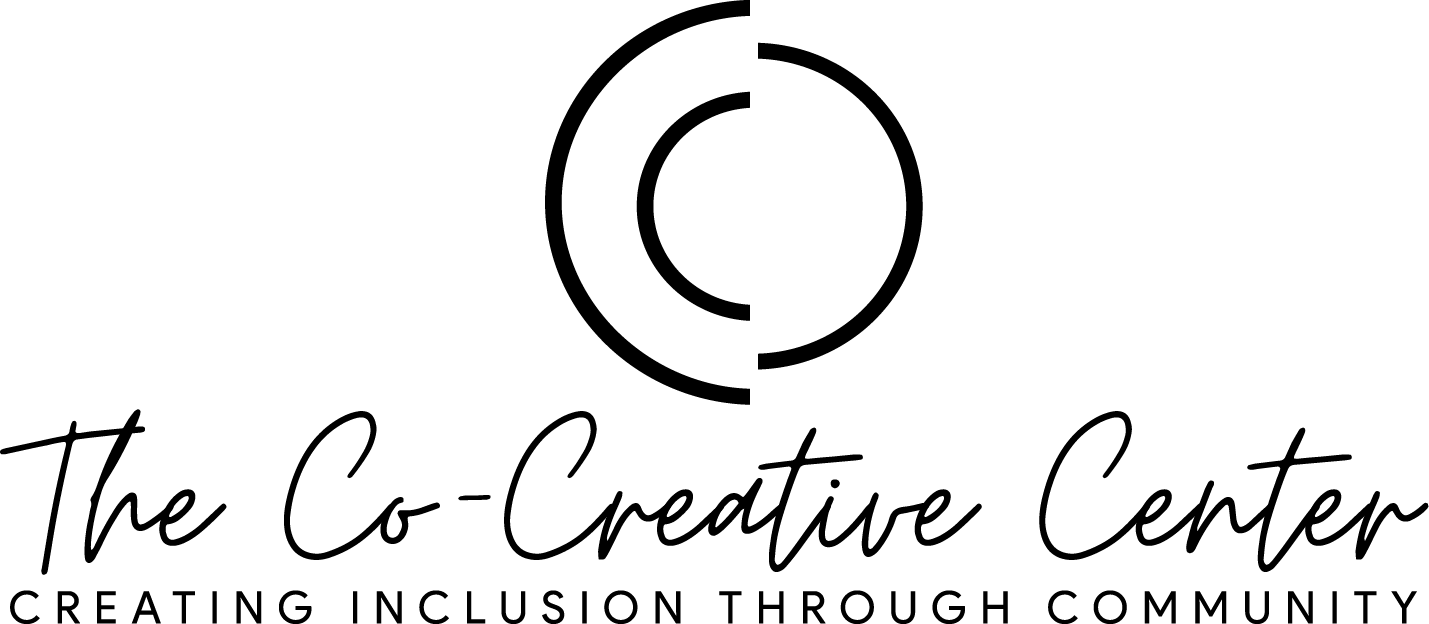An Introduction to ABA therapy
Applied behavior analysis (ABA) therapy is a well established and evidence based approach use to improve behavior, communication, and learning skills in individuals with various developmental and behavioral challenges. In this blog post, we’ll delve into the fundamentals of ABA therapy, how it works, and its impact on individuals’ lives.
What is applied behavior analysis (ABA) therapy?
ABA therapy is a comprehensive and systematic approach that focuses on understanding behavior. It’s grounded in the principles of learning and human behavior, emphasizing observable and measurable behaviors'. The primary goal os ABA therapy is the improve socially significant behaviors by applying scientific principles and techniques.
Key Components of ABA therapy:
1. Assessment: ABA begins with a thorough assessment of then individual’s strengths, weaknesses, and specific needs. This assessment informs the development of a personalized treatment plan.
2. Target Behaviors: ABA therapy identifies specific behaviors to target and improve. These behaviors are clearly defined and measurable to track progress effectively.
3. Data Collection: ABA therapists collect data on the target behaviors to monitor progress objectively. Data analysis guides ongoing treatment adjustments.
4. Individualized Programs: ABA therapy programs are tailored to meet the unique needs of each individual. This individualized ensures that interventions are effective and relevent.
5. Positive Reinforcement: ABA therapy relies heavily on positive reinforcement to increase target behaviors. Rewards and praise and used to motivate and encourage progress.
6. Prompting and Shaping: ABA therapists use various tehcniques to prompt and shape behaviors gradually. This helps individuals learn and generalize new skills.
7. Generalization: A critical aspect of ABA therapy is teaching individuals to apply newly acquired skills in different settings and with various people.
Who Can Benefit from ABA Therapy?
ABA therapy is widely recognized for its effectiveness in shupporting individuals with autism spectrum disorder (ASD). It can also be beneficial for individuals with: Attention deficit hyperactivity disorder (ADHD), Down syndrome, Speech and language disorders, learning disabilities, behavioral challenges, developmental delays.
Impact of ABA Therapy:
The positive effects of ABA therapy extend beyond the individual receiving treatment. Families and caregivers often report improved quality of life, reduced stress, and increased communication and social interactions.
At The Co-Creative Center, we specialized in providing exceptional ABA therapy services. Our team of dedicated clinicians is committed to helping individuals with developmental and behavioral challenges reach their full potential. We offer personalized ABA therapy programs tailored to meet each individual’s unique needs. To learn more about our services and how we can support you and your family, please visit our website thecocreatives.com today! Together, we can create positive and lasting changes in the lives of those we serve.

